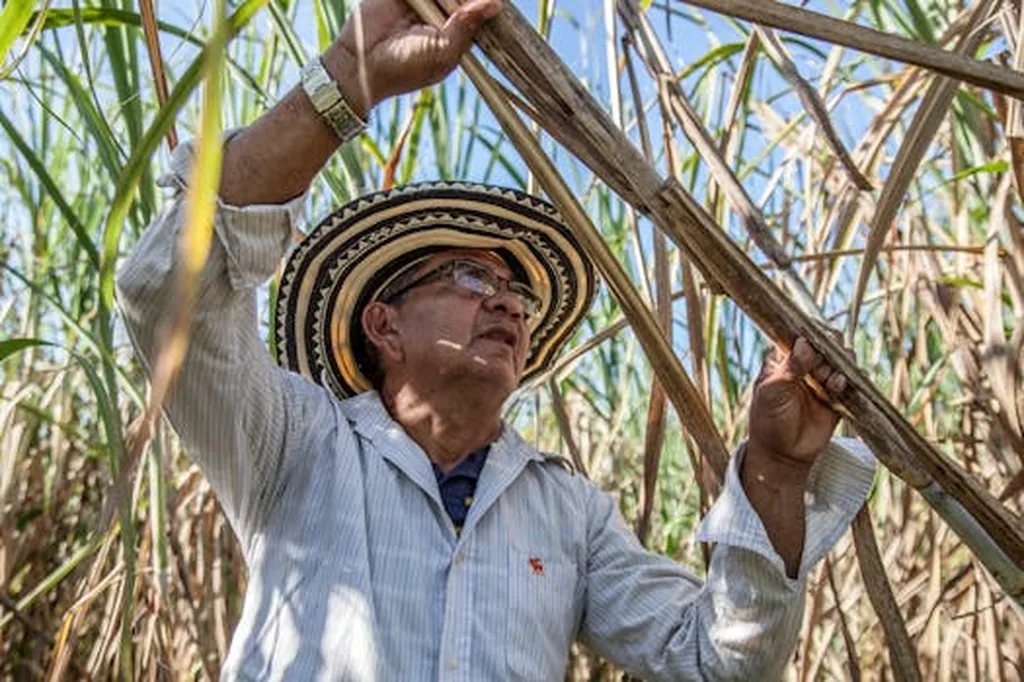In the heart of China’s agricultural innovation, a groundbreaking study led by Yingpin Yang from the Institute of Aerospace Remote Sensing Innovations at Guangzhou University is set to revolutionize the sugarcane industry. The research, published in the journal ‘Remote Sensing’ (translated as ‘遥感’ in Chinese), focuses on early-season sugarcane identification, a critical factor for precision agriculture and yield forecasting.
The study addresses a longstanding challenge in the industry: the difficulty of accurately identifying sugarcane crops in their early stages. “Early-season identification is crucial for timely yield forecasting and informed decision-making,” Yang explains. “However, it’s a complex task due to incomplete temporal observations and spectral ambiguity among different crop types.”
Yang and her team integrated data from Sentinel-1 and Sentinel-2 satellites, extracting 10 spectral indices and 8 SAR features. They employed a random forest classifier for early-season sugarcane identification, progressively analyzing temporal data. The results were impressive. The study found that the Land Surface Water Index (LSWI) performed best among the individual features. Moreover, a seven-dimensional feature set achieved 90% accuracy by 30 June, during the early-elongation stage, with peak accuracy comparable to post-season accuracy reached by 19 August.
The implications for the energy sector are significant. Sugarcane is a vital source of biofuel, and accurate early-season identification can lead to better yield predictions, optimizing the supply chain and reducing costs. “This research could fundamentally enhance precision agriculture operations through timely crop status assessment,” Yang notes.
The study’s findings demonstrate that sugarcane can be reliably identified with accuracy comparable to post-season mapping as early as six months prior to harvest. This could lead to more efficient resource allocation, improved yield forecasting, and better-informed policy-making.
As the world grapples with climate change and the need for sustainable energy sources, this research offers a promising avenue for the energy sector. By enabling earlier and more accurate identification of sugarcane crops, it paves the way for more efficient biofuel production and a more sustainable future.
The study’s approach could be applied to other crops and regions, potentially transforming precision agriculture on a global scale. As Yang and her team continue to refine their methods, the future of agriculture looks increasingly promising. This research is not just a step forward; it’s a leap towards a more sustainable and efficient agricultural future.

